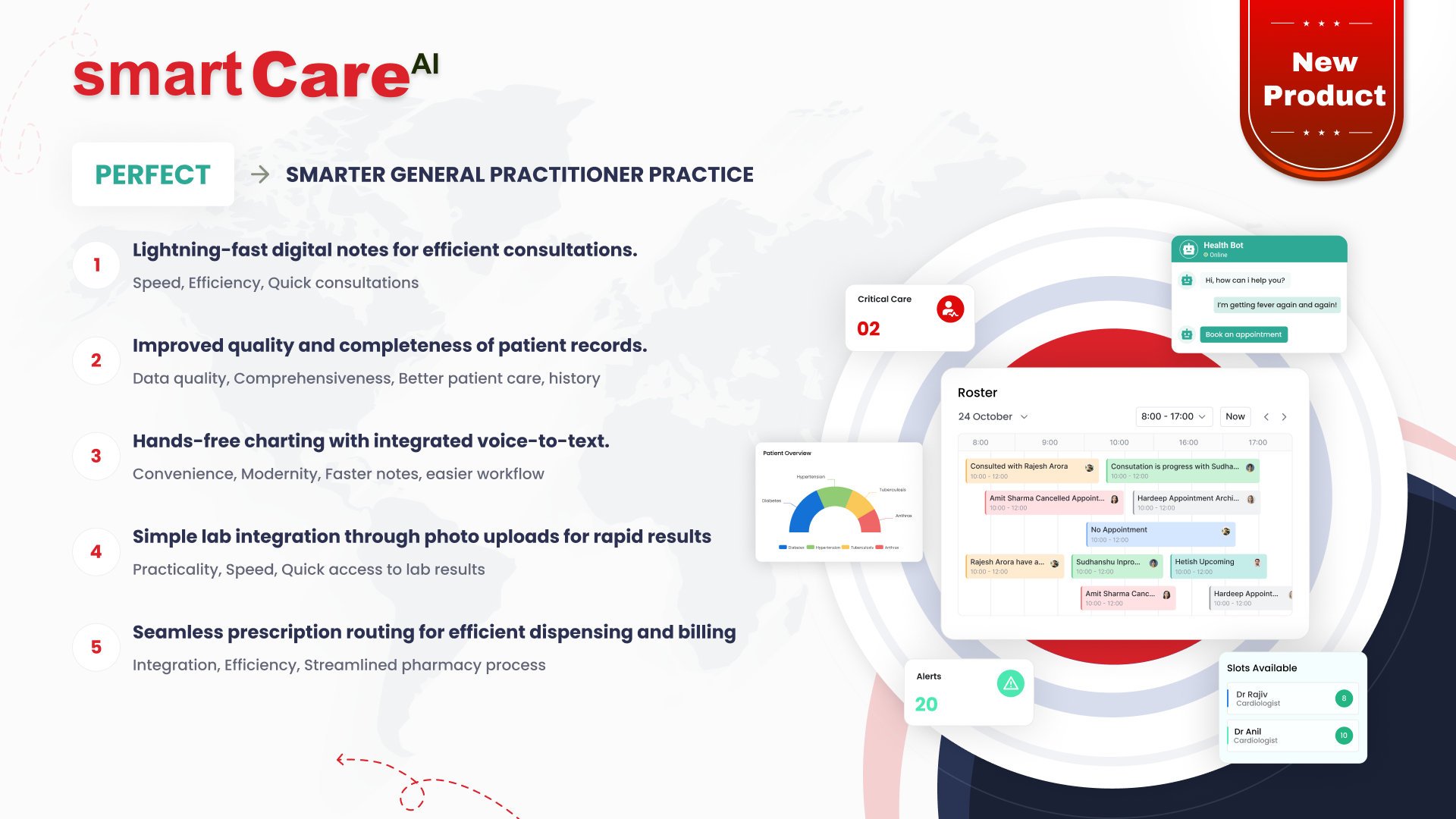
Posted On July 2, 2025
The Role of UI/UX Design in Modern Web Development
In today’s digital-first world, the success of a website often hinges on its ability to deliver a seamless and enjoyable user experience. UI (User Interface) and UX (User Experience) design have become central pillars of modern web development, shaping not only how websites look, but how they function and engage with users. Below, we explore why UI/UX design is essential in modern web development.
What Is UI/UX Design and Why Does It Matter?
UI design focuses on the visual layout and interactive elements of a website, such as buttons, icons, and typography. UX design, on the other hand, is about the overall feel and functionality of the website—how easy and intuitive it is for users to navigate and achieve their goals. Together, UI/UX design ensures that a website is not only visually appealing but also user-friendly. A well-designed interface builds trust and encourages visitors to stay longer and explore more.
How Good UX Design Improves User Engagement
Engagement is critical to the success of any digital platform. A good UX design helps users move effortlessly through a website by anticipating their needs and reducing friction points. For instance, clear navigation menus, logical page hierarchies, and intuitive content placement help users find what they are looking for without frustration. Smoother user journeys increase satisfaction and the likelihood of repeat visits.
The Impact of UI on First Impressions and Branding
First impressions are formed within seconds, and your website’s UI plays a key role in shaping them. An attractive, consistent, and brand-aligned interface can instantly communicate professionalism and credibility. Visual coherence, colour schemes, and design elements that reflect your brand identity strengthen recognition and trust. On the flip side, cluttered or outdated designs can drive users away before they even explore your offerings.
Why Mobile-Friendly Design Is No Longer Optional
With the majority of users accessing websites from mobile devices, responsive design is now a standard, not a bonus. A mobile-friendly UI/UX ensures that your site functions well across various screen sizes and devices. This adaptability improves user satisfaction and has become an important ranking factor in search engines. Ignoring mobile optimisation can result in poor usability and lost traffic.
How UI/UX Helps in Reducing Bounce Rates
High bounce rates often signal a disconnect between what users expect and what they experience. Poor navigation, slow load times, or confusing interfaces are common culprits. Effective UI/UX design addresses these issues by making content easily accessible, ensuring fast performance, and guiding users toward relevant actions. A site that’s easy to use naturally keeps visitors engaged and reduces bounce rates.
The Connection Between UX and Conversion Rates
A well-structured user experience is directly linked to higher conversion rates. When users find it easy to navigate a website, locate information, and complete tasks without friction, they are more likely to take the desired actions—be it signing up, purchasing, or enquiring. Clear call-to-actions, minimal distractions, and streamlined forms all contribute to converting visitors into customers.
Why Accessibility Is Key to Inclusive Web Design
Modern websites must cater to a wide range of users, including those with disabilities. An accessible design ensures that everyone can interact with your site using assistive technologies. This includes features like keyboard navigation, screen reader compatibility, and appropriate colour contrast. Building with accessibility in mind not only broadens your audience but also shows a commitment to inclusivity and compliance with legal standards.
How User Testing Shapes Better Digital Products
User testing provides valuable insights into how real users interact with a website. By observing where users struggle, what they enjoy, and what causes confusion, developers can make informed design decisions. This ongoing feedback loop leads to continuous improvements and helps build websites that truly meet user needs and expectations.
Design Consistency: Building Trust Through UI
Consistency in UI elements—such as colours, fonts, button styles, and layout—plays a vital role in establishing brand identity and trust. A consistent design helps users feel more comfortable and confident while using your site, as they learn to anticipate where and how to interact. Inconsistent design, on the other hand, can confuse users and reduce credibility.
The Future of UI/UX in Modern Web Development
As technology evolves, so does the role of UI/UX design. Trends like voice interfaces, augmented reality, and personalised user experiences are becoming more common. Modern web development is increasingly focused on creating intuitive, responsive, and emotionally engaging interfaces that adapt to users’ preferences and behaviours.
Conclusion
In modern web development, UI/UX design is no longer an afterthought—it is a fundamental component that influences user behaviour, brand perception, and overall website performance. From enhancing user engagement to improving accessibility and reducing bounce rates, good design directly impacts business success.
To learn how expert UI/UX design can elevate your digital presence, visit smartdatainc.com.
